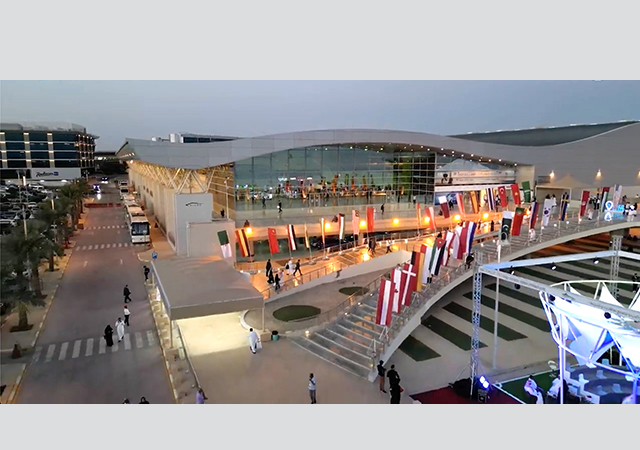
 The Aluma Hi Flyer in action during construction of the Palms Hotel & Casino in Las Vegas.
The Aluma Hi Flyer in action during construction of the Palms Hotel & Casino in Las Vegas.
Given the number of projects it has in hand, Aluma Systems Middle East, a leader in forming solutions and industrial scaffolding services, expects to close 2006 as a second consecutive bonanza year of business in the region.
In May of this year, Aluma bagged a series of seven major contracts for supplying its Alumalite tables for multiple concrete construction plants and one of them was its first contract in Qatar.
More recently, Aluma was awarded a significant contract by Intermass to supply the full formwork package on all three towers of its upcoming project, The Crescent, located at Sports City, Dubai. The contract is for the supply of Alumalite Truss table forms, and aluminium, wall-forms and core-wall climbing system for the three towers and podium.
“Our system never fails to amaze contractors when they see it in action for the first time,” says a spokesman of the company.
Aluma has been steadily increasing its market penetration and has even broken into the India market.
“We have recently had the opportunity to launch our systems into the developing Indian marketplace, and the response from contractors has been very similar to the response we continue to get from contractors in the Gulf, and around the world – they are stunned by the possible savings that can be made to their construction schedule, and their running costs,” says the spokesman.
During September, Aluma were awarded its first series of projects in India using Alumalite Truss table form and is currently discussing proposals with a range of eager potential clients.
“We see this market place as very similar to the way the UAE was three or four years ago – a market crying out for advances that will allow them to build quicker, and more efficiently, and one way of certainly doing this is to start to use alternatives to the out-dated timber and steel shoring systems,” he says.
Aluma has also increased its representation in the UAE to meet the demand for its products – including expansion of its sales force, the appointment of a new chief safety officer, and a significant development of its rental fleet in Dubai and the UAE.
In September, it launched a new sales initiative across the region, which saw Aluma increase its sales force by 70 per cent, as well as its engineering and support infrastructure to match – allowing it to reach more and more project managers, who are looking for ways to build quicker.
“Our aim over the next few years is to work with every major contractor in the region, and we are proud to say that we are making steady progress, and contractors are achieving quantifiable results,” says the spokesman of the firm.
Hi-Flyer is Aluma.s most recent ground-breaking innovation, and is set to transform concrete construction in high-rise structures. The Hi-Flyer eliminates all vertical elements of shoring. The aluminium decking formwork is supported directly from brackets anchored into the columns.
“The entire load of the slab, and the slab formwork, is directed down through the columns, eliminating the requirement for vertical posts of any kind, and no re-shoring requirement at all,” he explains. “As with the Alumalite Truss, the system is moved from floor to floor, with the crane being connected directly to the decking, and the entire panel being moved in one lift. The column anchors contain rollers that allow the Hi-Flyer panel to move smoothly out of the structure. The panel is then placed onto another set of anchors that have been cast into the columns on the floor above. Because of the absence of vertical posts, the Hi-Flyer creates an unobstructed live deck. As the system is very light, very large panels can be produced.”
The 300 sq m panel is lifted by crane from floor to floor in about 25 minutes (same as the Alumalite Truss), with five or six men. The system is composed of adjustable aluminium transverse trusses and Aluma beam joists. The trusses allow the Hi-Flyer to be configured to almost any bay widths.
“We will soon be launching Hi-Flyer into the Middle East market, particularly targeting contractors who want an alternative to more traditional, labour-intensive shoring systems,” says the spokesman.
One of the core objectives of Aluma Systems is to constantly push the boundaries of innovation and this has never been more evident than when it developed the first aluminium beam, the first aluminium shoring systems, and the revolutionary Alumalite Truss flying table-form.
Since introducing these products to the Middle East, Aluma Systems has seen an enormous demand for them. “We add at least one new contractor a month to our client base,” says the spokesman.
Aluma now also provides its newly-launched Automatic Climbing System (ACC) in the market, which has been well received. The system is a hanging roll-back configuration. which incorporates aluminium core-wall shutters suspended from an overhead gantry of rollers.
The advantage of the ACC system is its simplicity and ease of use, which in turn makes it less labour-intensive and allows for quicker core cycles.
Due to the use of aluminium throughout the substructure and for the formwork panels, the entire system is comparably lighter than other systems, allowing for faster, more cost efficient climbing. The system was used to achieve three to four-day cycles by Robodh/Nasa Multiplex on the Burj Residence and will also be supplied to the upcoming Dubai Marina Mall as well as Oger Dubai for use on its upcoming “Churchill” twin towers project at Business Bay.
In addition to its ACS System, Aluma also offers its new soffit panel quick-strike system – the Aluma Dek – which has been designed to be used in conjunction with external climbing screens.


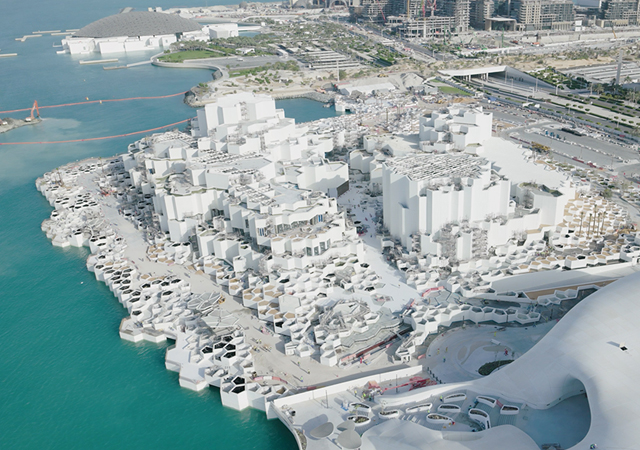
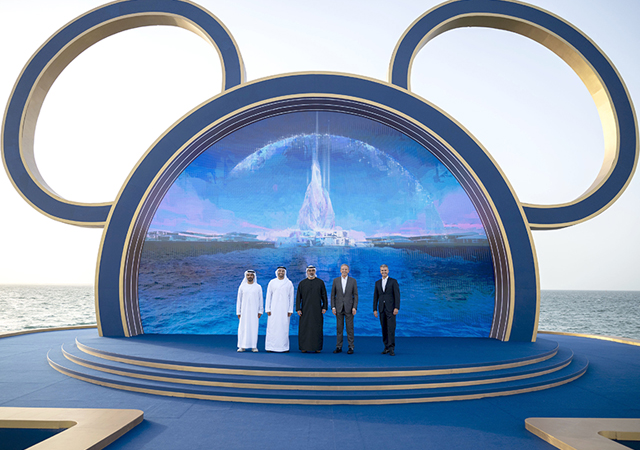
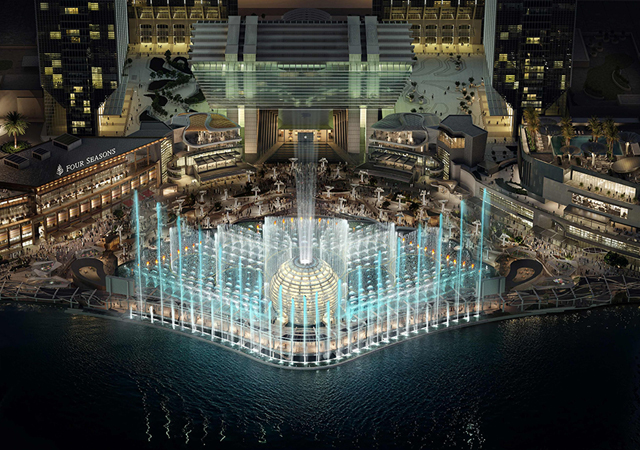
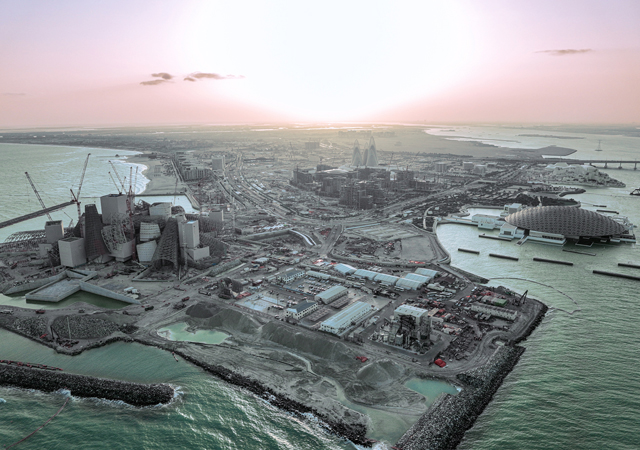
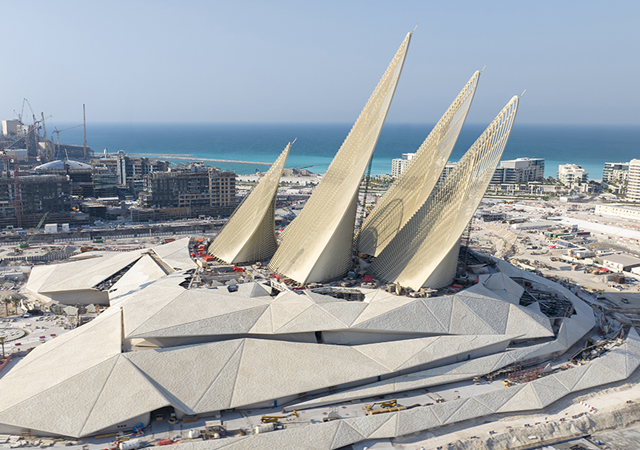
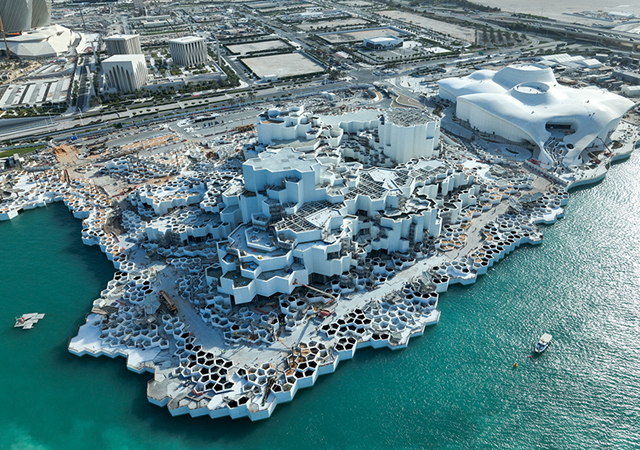
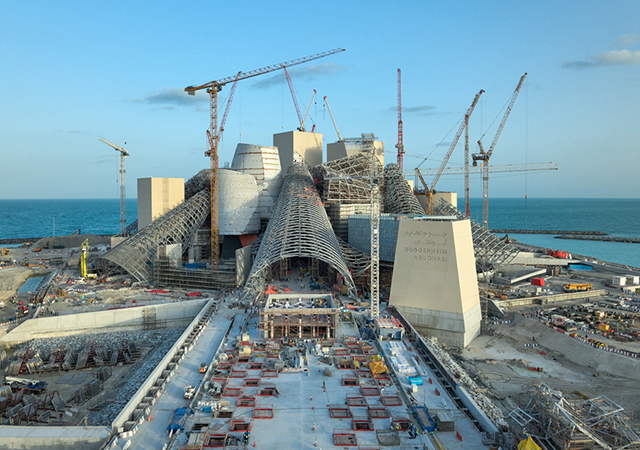
.jpg)
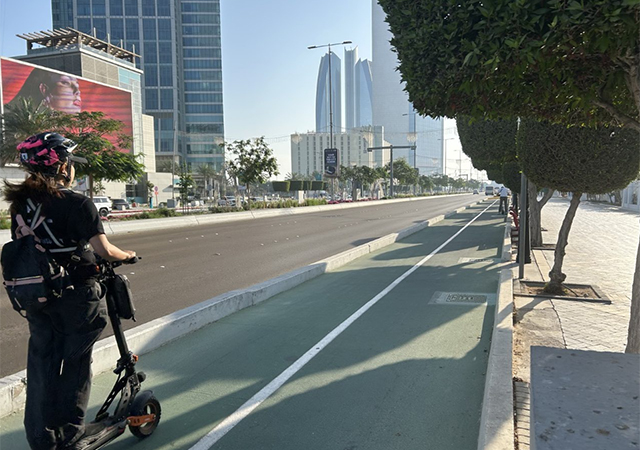
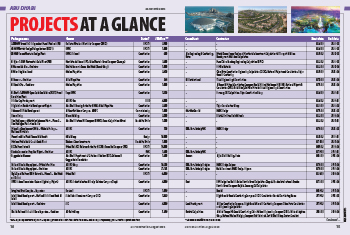
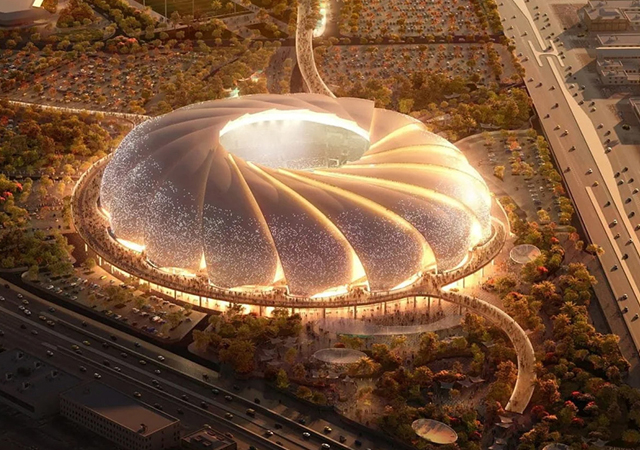
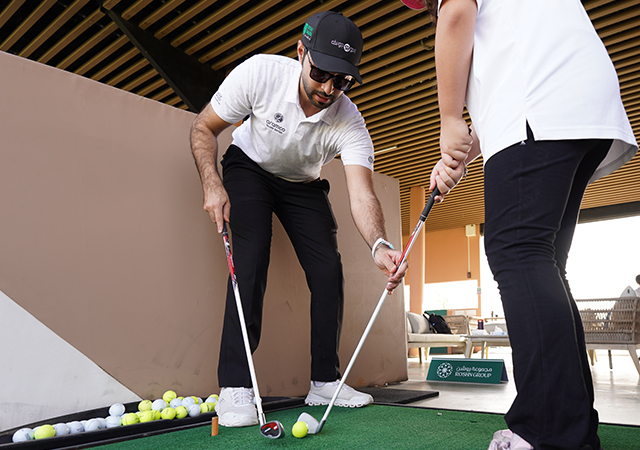
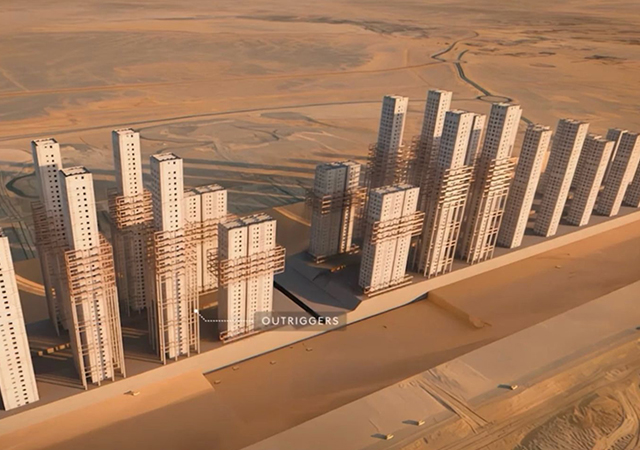
.jpg)
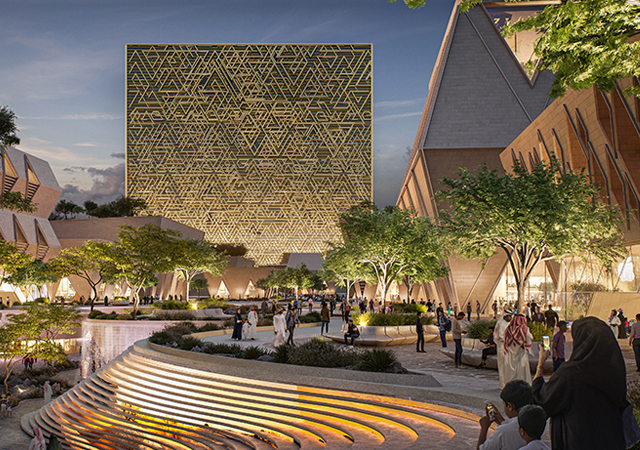
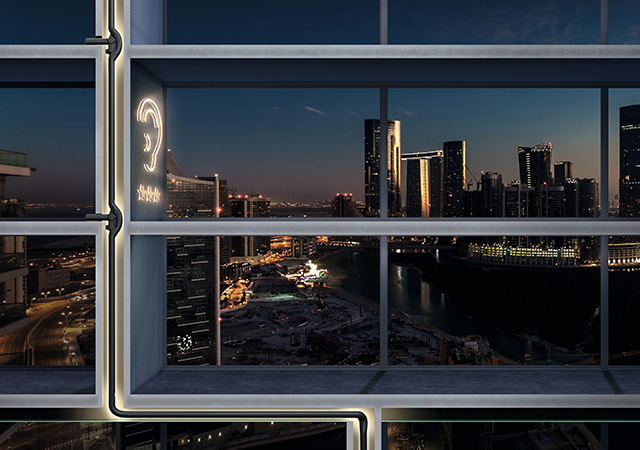
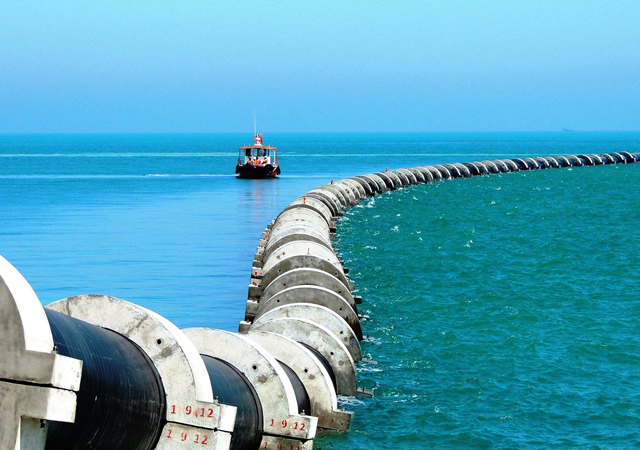
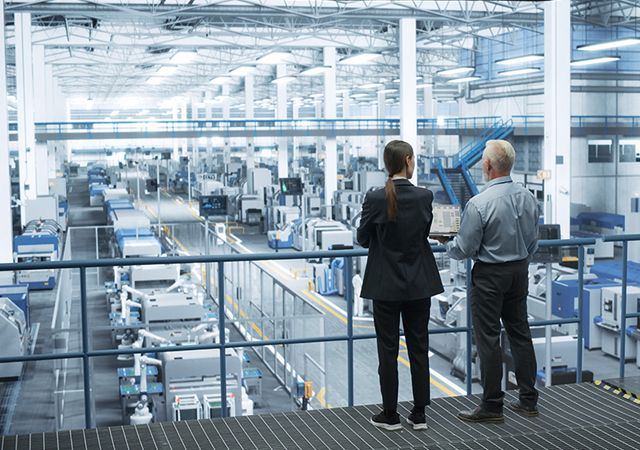

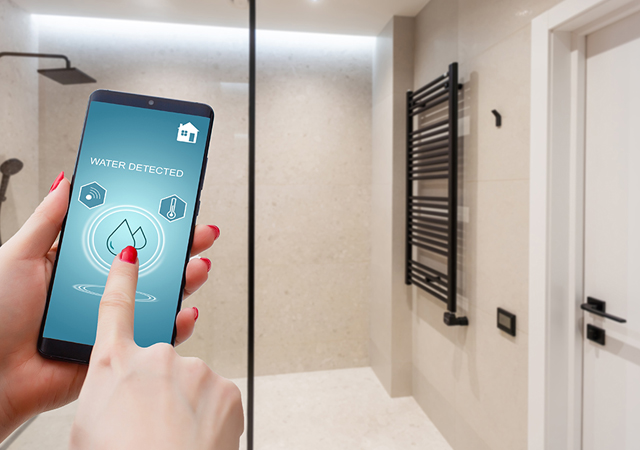
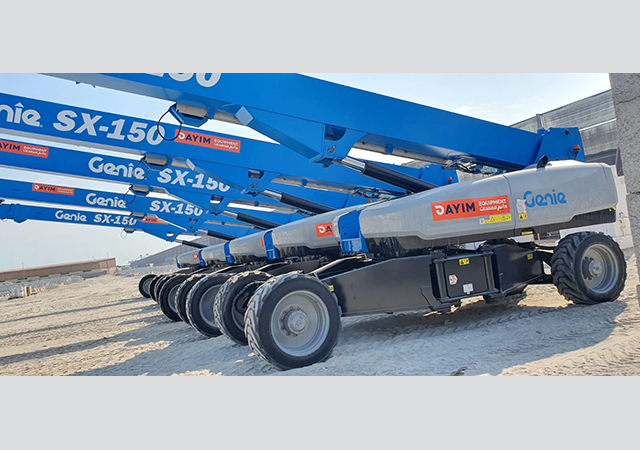
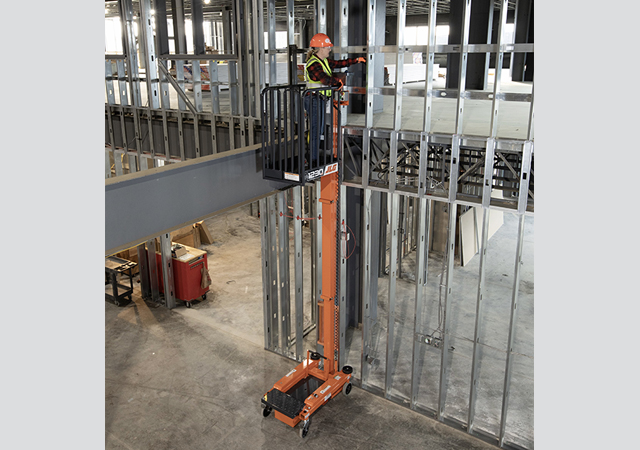
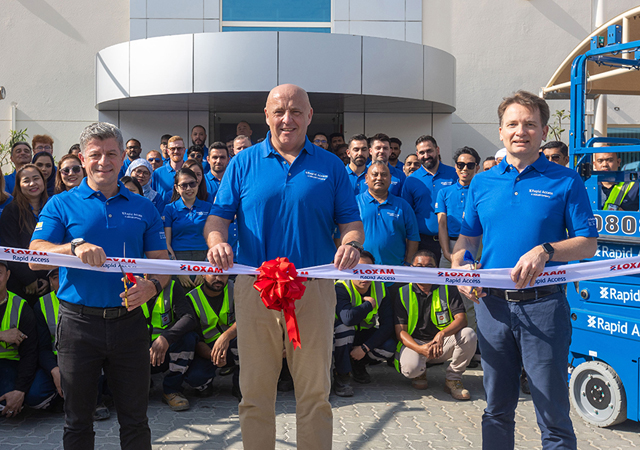
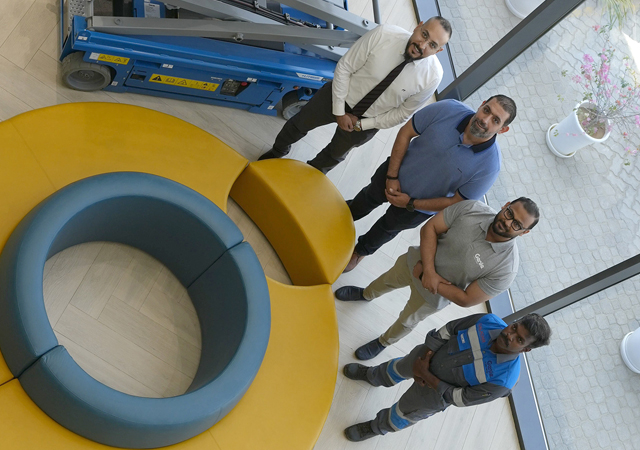
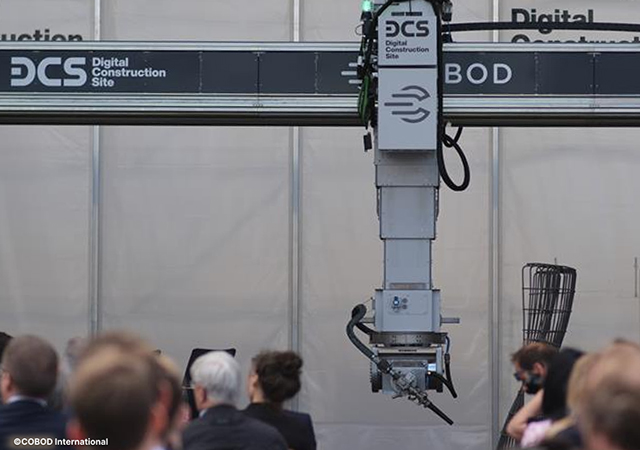
Doka (2).jpg)
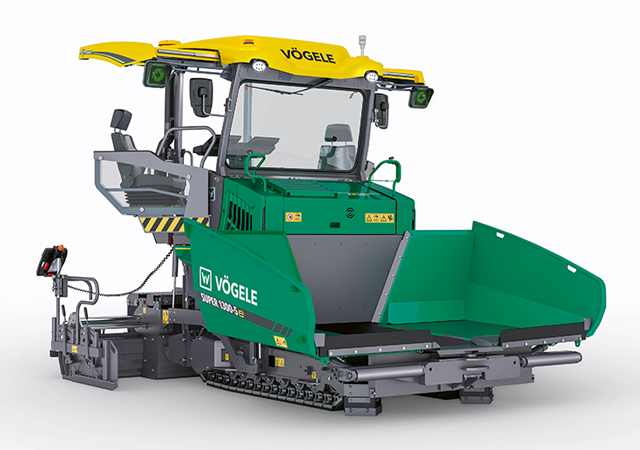


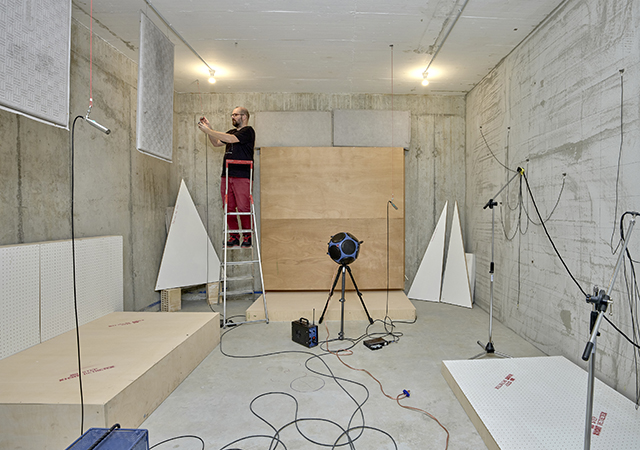
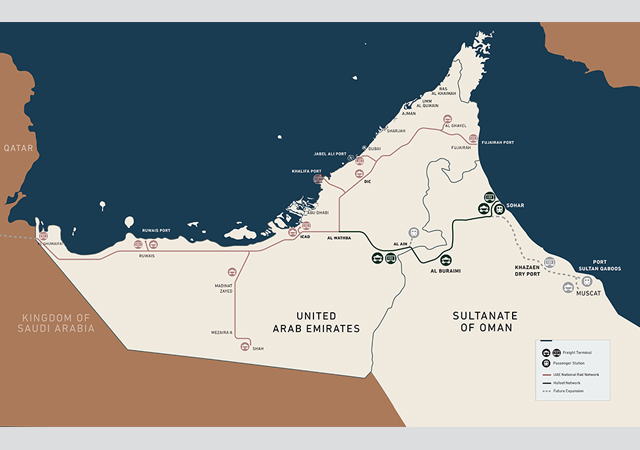
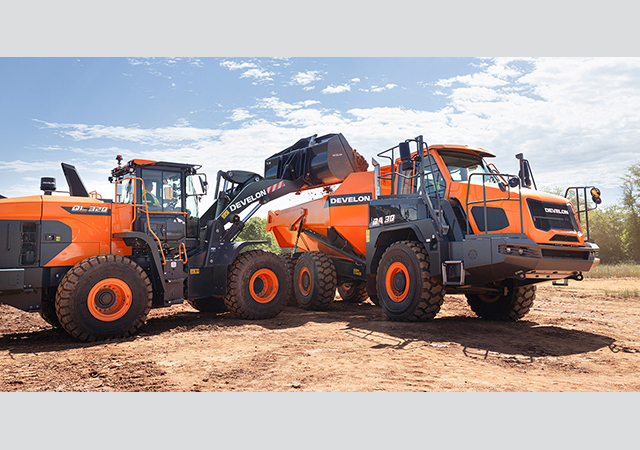
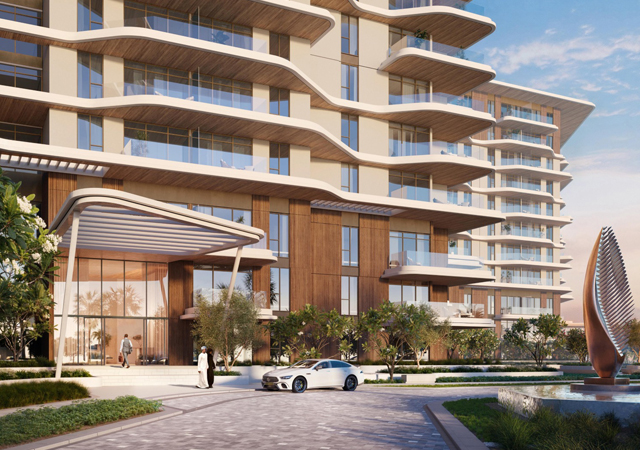


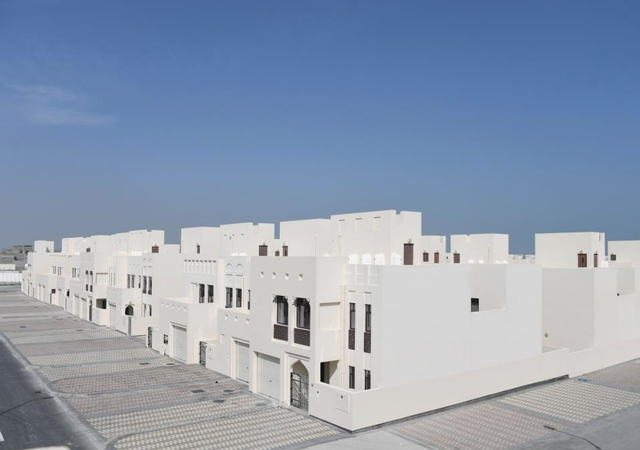
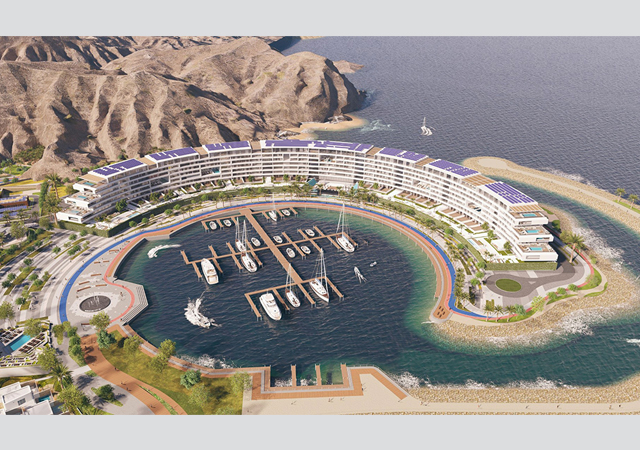
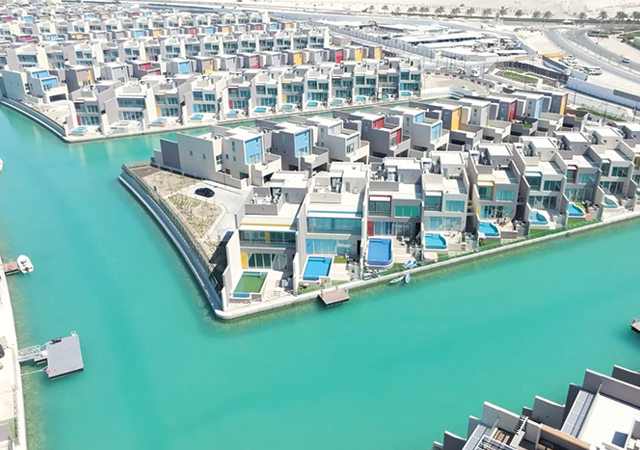
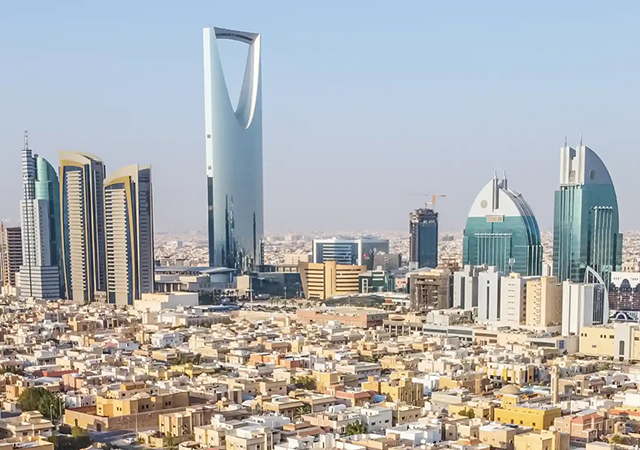
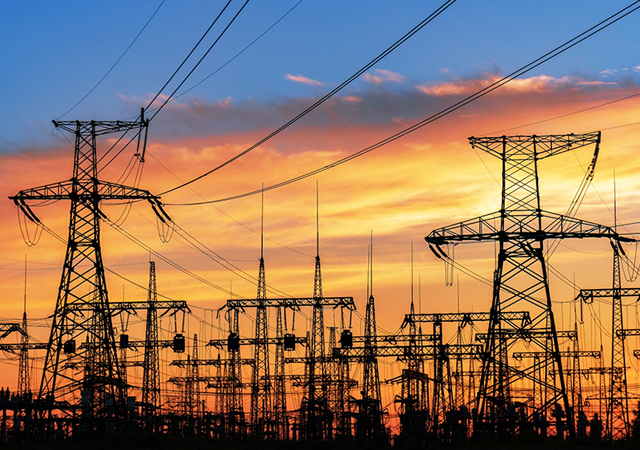
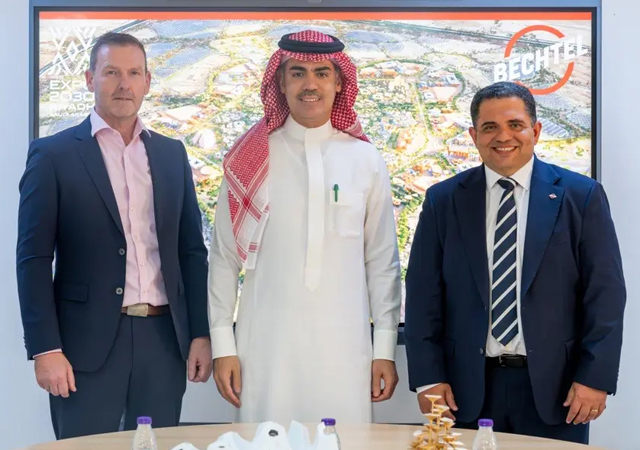
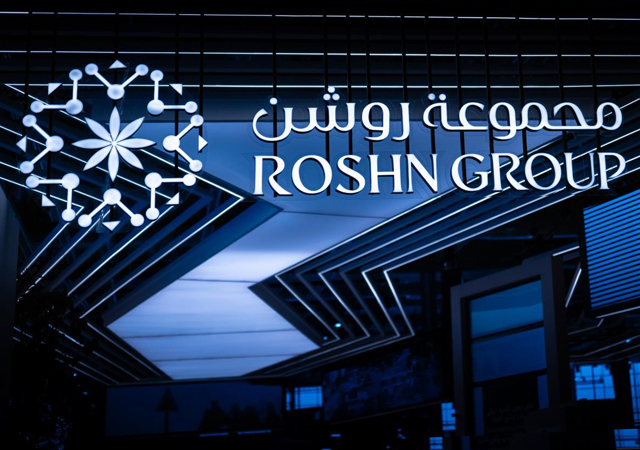
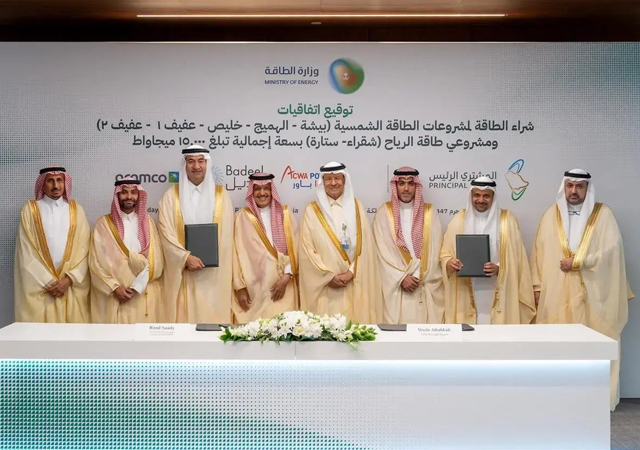
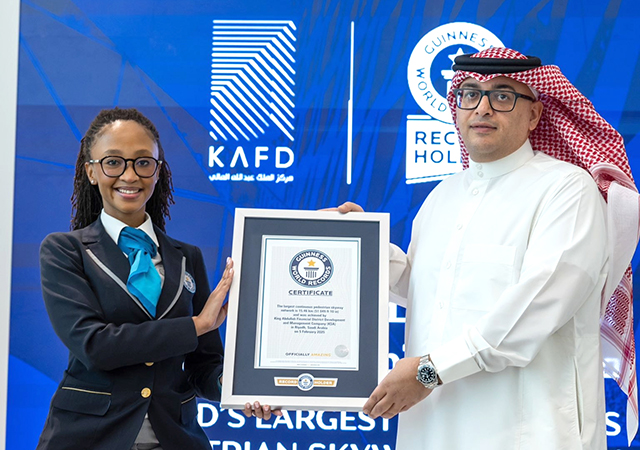
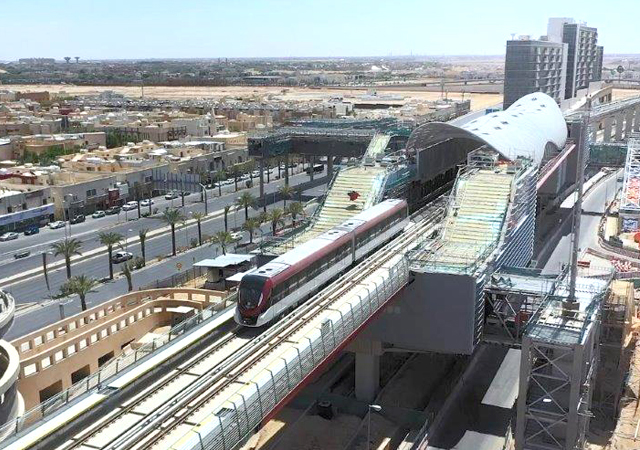
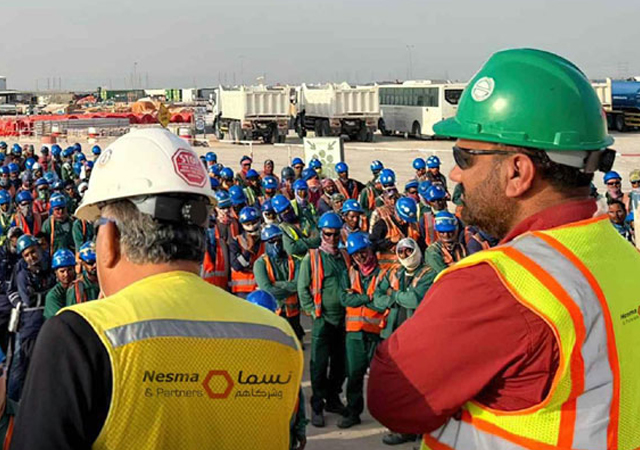
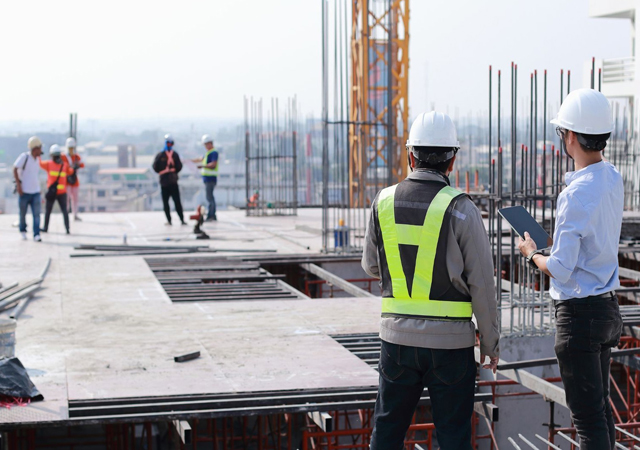
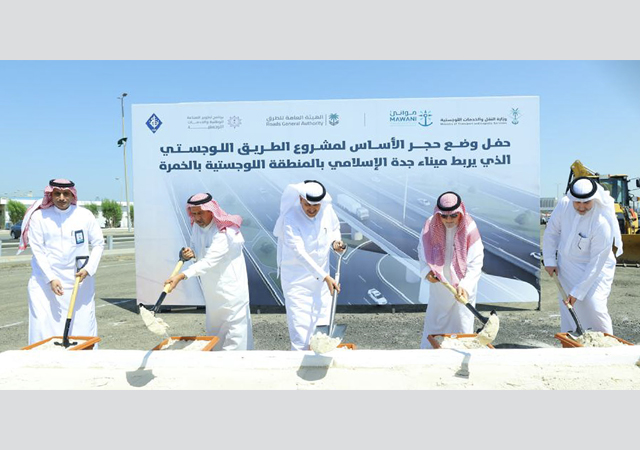
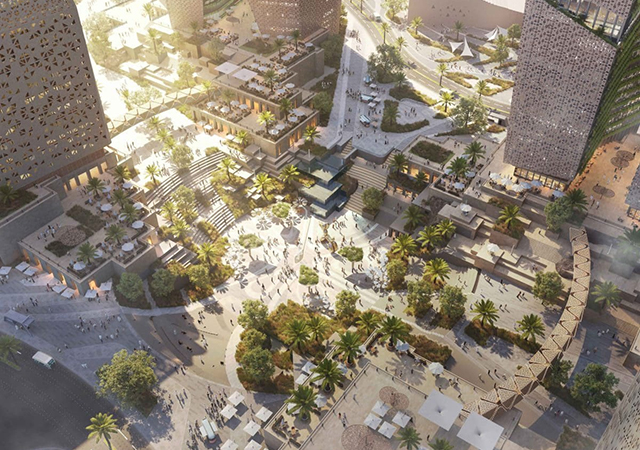
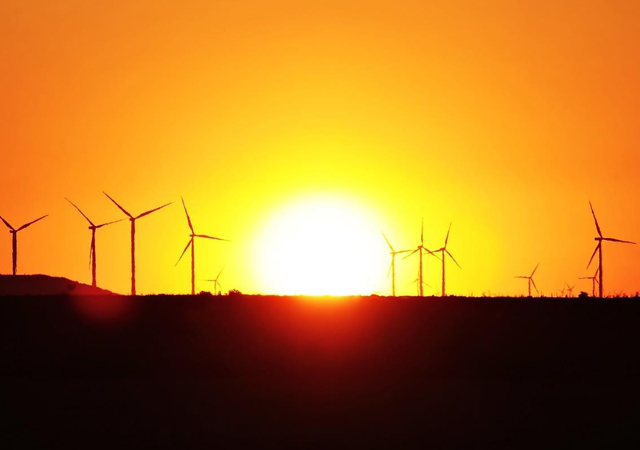
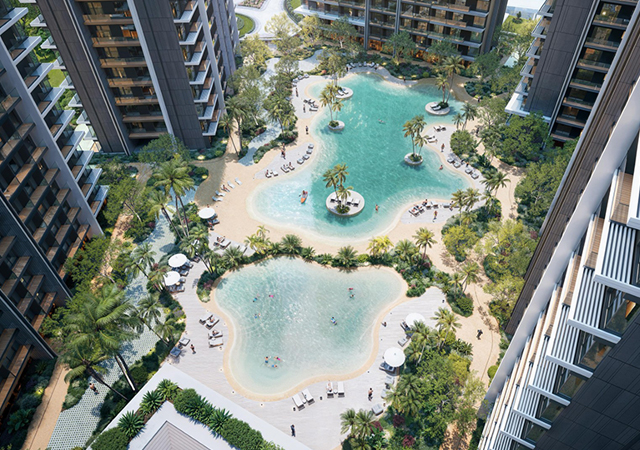
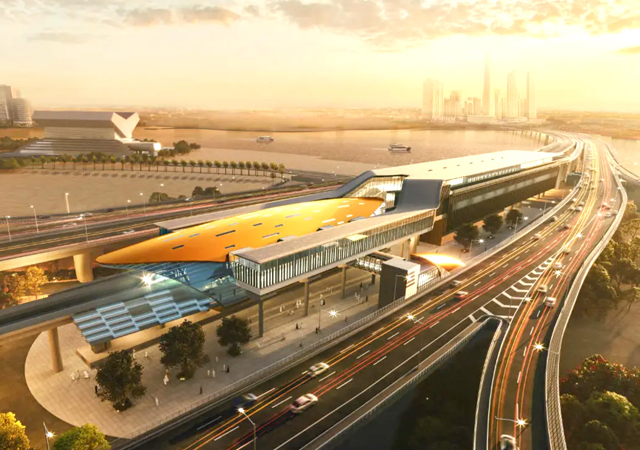
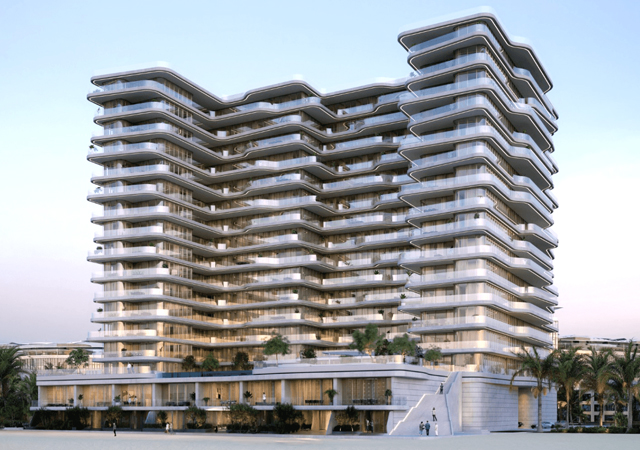
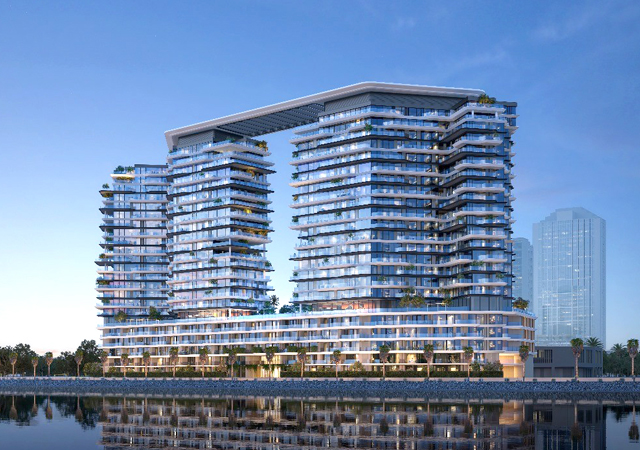
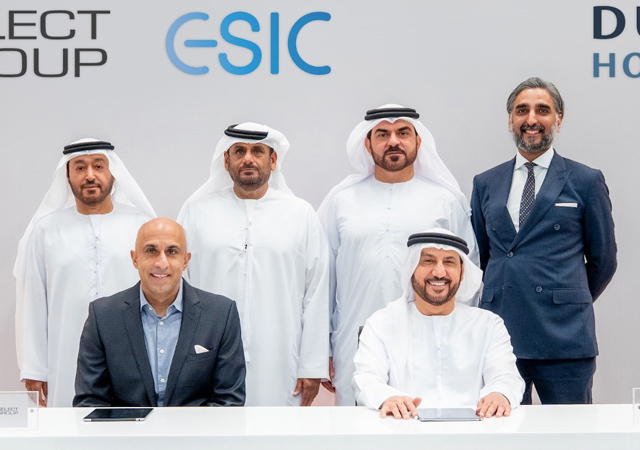
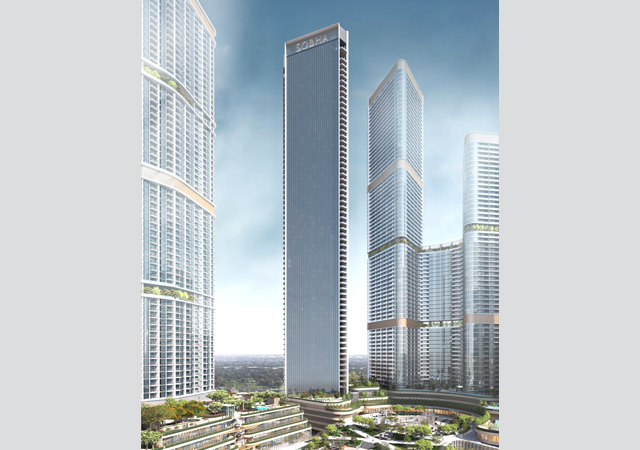
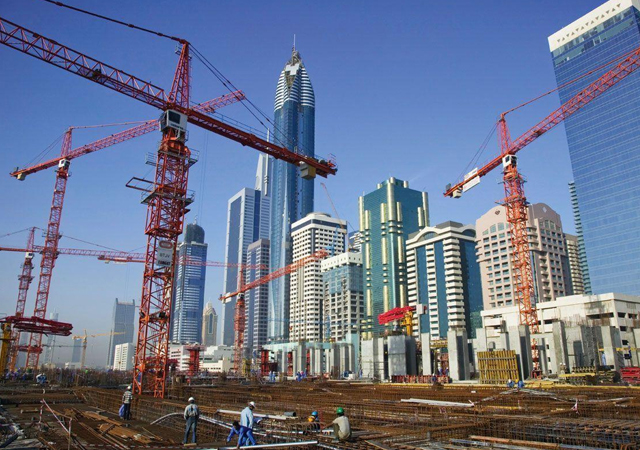
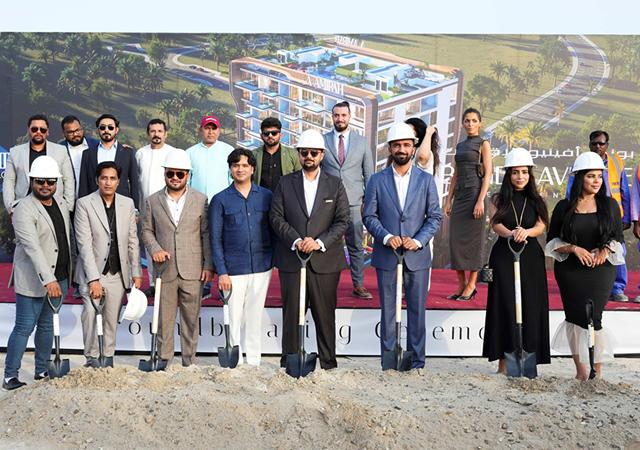
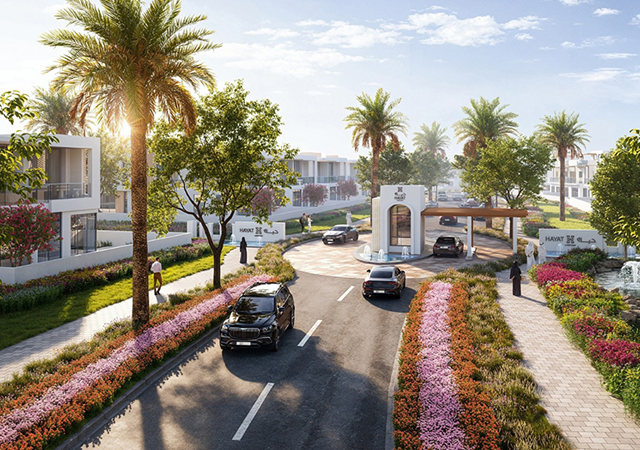
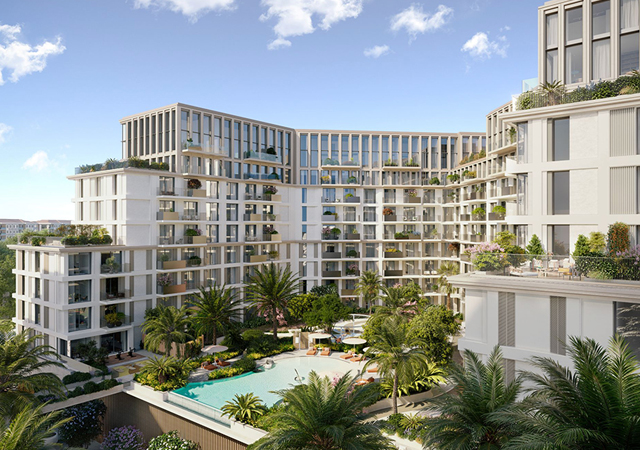
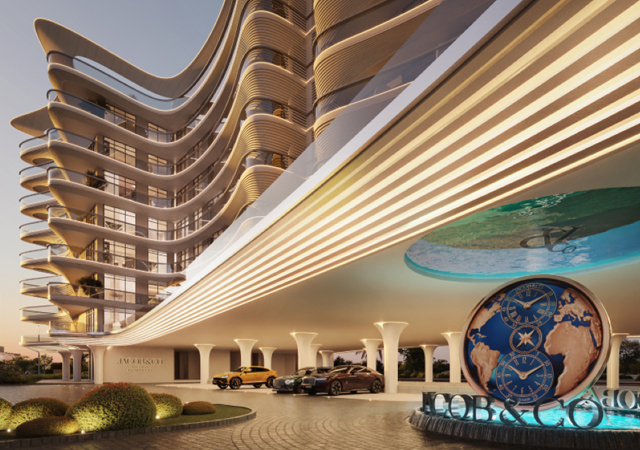
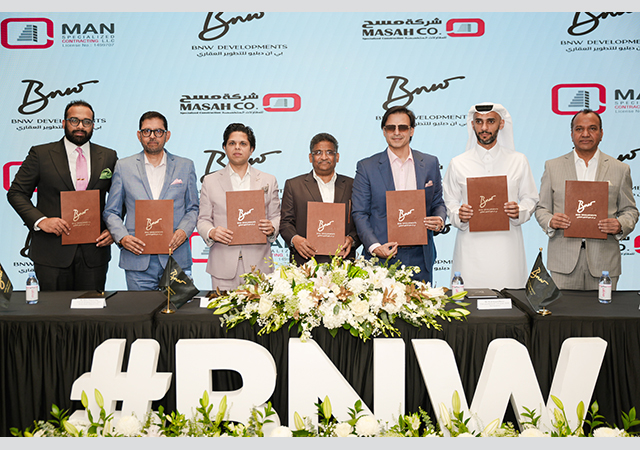
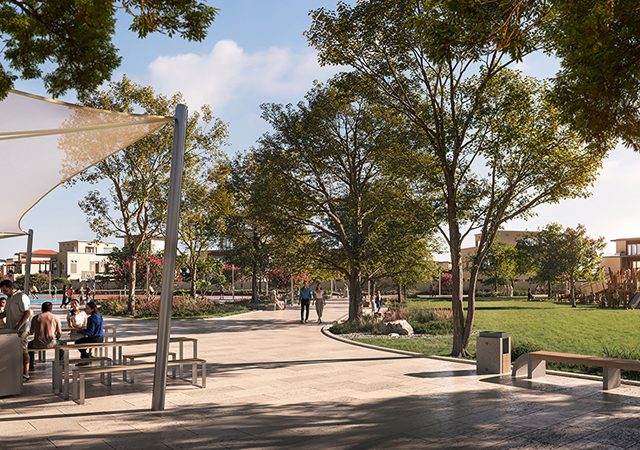
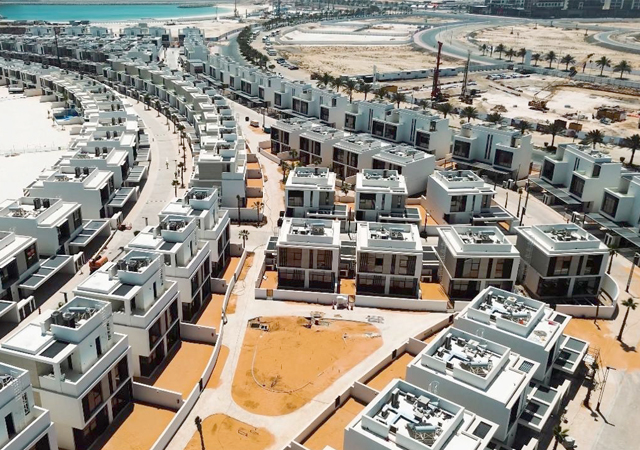
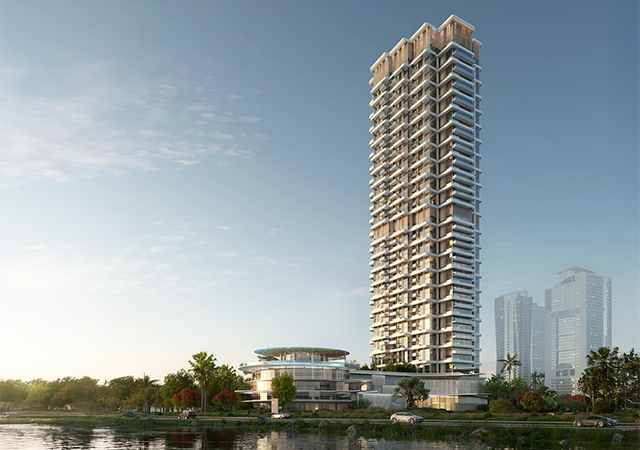
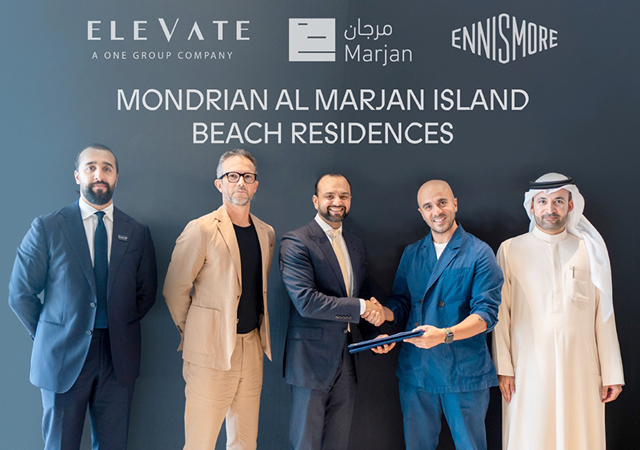
.jpg)
.jpg)
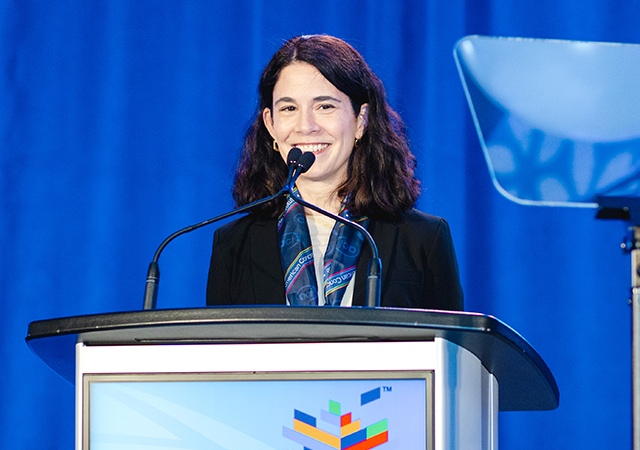
.jpg)
